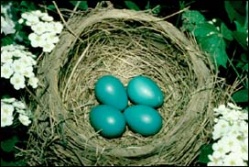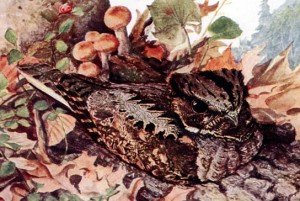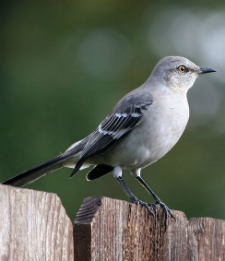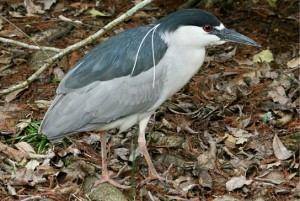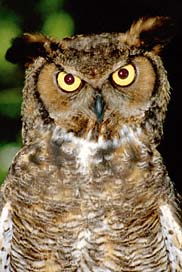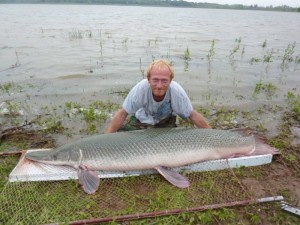Spring habitat conditions
Significant precipitation will be needed to maintain or improve wetland habitats in many important waterfowl breeding areas
By DU Field Biologists
- BRITISH COLUMBIA Despite a well below-average snowpack along the coast and an early runoff, wetland conditions remain good throughout most of this province.
- ALBERTA In the prairie region, below-average runoff will likely result in dry to average wetland conditions. To the north, spring conditions are expected to be average in the aspen parklands, average to wet in the Boreal transition zone, and dry to average in the Peace parklands.
- SASKATCHEWAN Runoff in this province started in mid-March, and Canada geese, mallards, northern pintails, and common goldeneyes began arriving by the end of the month. Spring runoff will likely be average in central areas and near average in the south.
- MANITOBA Wetland conditions were generally favorable at freeze-up, but below-average winter precipitation and snowpack has limited runoff potential, resulting in mixed wetland conditions in key waterfowl breeding areas.
- ONTARIO Despite below-average winter precipitation, a good snowpack was maintained by bitter-cold temperatures. Given that water levels were high at freeze-up, favorable spring wetland conditions are expected across much of this province.
- QUEBEC Winter precipitation was also generally below average in this province, but unusually cold temperatures have persisted, which could increase the likelihood of spring flooding in some areas.
- ATLANTIC CANADA This region received above-average winter precipitation, and bitter-cold temperatures have delayed the spring runoff. The migration has also been behind schedule, forcing returning waterfowl to congregate on coastal waters. 8. NORTH-CENTRAL U.S. Most northern states received significantly below-average winter snowfall, and an early March thaw melted what snow was present, with little runoff. Central South Dakota is particularly dry in comparison to recent years. In North Dakota, larger, deeper wetlands still have good carryover water, but significant spring precipitation will be needed to supply the temporary and seasonal wetland habitats that are especially important to breeding waterfowl.
- GREAT LAKES AND NORTHEASTERN U.S. With timely spring precipitation, overall breeding habitat conditions are expected to be good in these regions. However, if dry conditions prevail, pair ponds will be limited and fair breeding conditions are anticipated.
- WESTERN U.S. Continued severe drought has resulted in poor spring habitat conditions in California and much of the Great Basin. In Alaska, the outlook for breeding waterfowl is very good along the coast and good in the interior.


